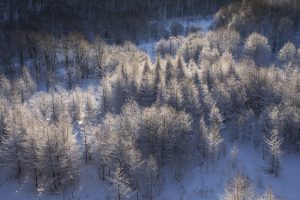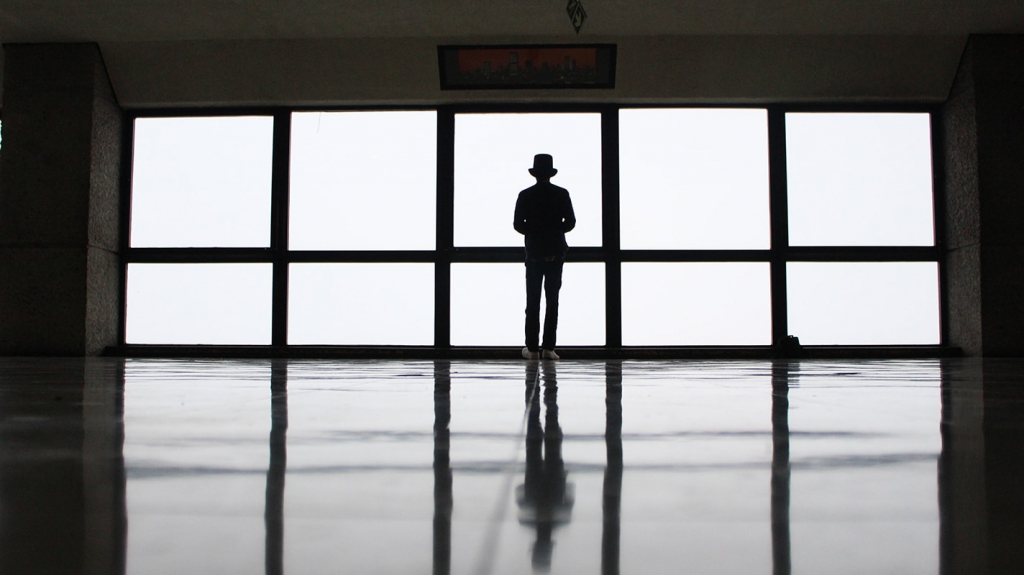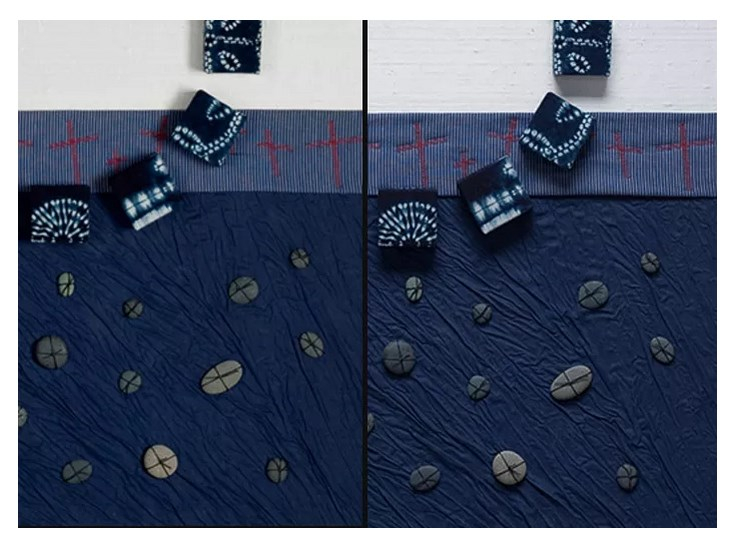MAGIC WINTER LANDSCAPES: HOW TO TURN A DIAMOND DUST INTO SUNNY PILLARS
 The Japanese island of Hokkaido in winter colors is a treasury of objects for photography. Even if you wanted to shoot exclusively winter landscapes, your choice includes a number of mystical, but extremely impressive phenomena that occur only in conditions of extreme cold. These include solar poles. Landscape photographer Toshiki Nakanishi shared some tips for shooting them using examples taken in the Hokkaido region of Bi-Furano. (Toshiki Nakanishi, Digital Camera Magazine.)
The Japanese island of Hokkaido in winter colors is a treasury of objects for photography. Even if you wanted to shoot exclusively winter landscapes, your choice includes a number of mystical, but extremely impressive phenomena that occur only in conditions of extreme cold. These include solar poles. Landscape photographer Toshiki Nakanishi shared some tips for shooting them using examples taken in the Hokkaido region of Bi-Furano. (Toshiki Nakanishi, Digital Camera Magazine.)
how to turn diamond dust into solar poles
EOS 5D Mark IV / EF100-400mm f / 4.5-5.6L IS II USM / FL: 188 mm / AE with aperture priority (f / 11, 1/125 sec, EV ± 0) / ISO 100 / WB: daylight; Taken on January 13, 8:00
In this image, it was very important to ensure that sunlight reached the trees in the foreground so that the frost on them was reflected as sparkling white.
Shooting conditions
Camera: DSLR (EOS 5D Mark IV)
Lens: Telephoto Lens (EF100-400mm f / 4.5-5.6L IS II USM)
Aperture setting: f / 4 or narrower
Shutter Speed: Moderate (1/30 to 1/250 sec)
Time of day: morning
Lighting: backlight
Tripod: yes
Lens Filter: No
Other equipment: umbrella to block excess sunlight
Weather conditions: around -20C or colder, without wind, humid air
What are solar poles and when can they arise?
Solar poles arise when sunlight is reflected off tiny ice crystals in clouds (called diamond dust or ice needles). Usually they can be found on a clear, calm morning, when the temperature drops at least -20C below the freezing point. They materialize when the sun rises, sparkling in front of your eyes and turning into a huge pillar of light in the blink of an eye.
In principle, solar poles are best seen a few minutes after sunrise or sunset. Initially, they have approximately the same color and width as the sun, but will gradually change their color from orange-white to red-orange. Pillars usually disappear 20-60 minutes after sunset. Under favorable conditions, for example, with ice fog, solar poles can extend up to 30 degrees. above the sun, while streaks of light from 5 degrees. up to 10 degrees are the most common.
However, they are not found very often: even in the areas of Bieya and Furano in Hokkaido, which are famous for their beautiful rural winter landscapes, they usually cannot be observed more than several times a month, although they can appear at any time from mid-December to the beginning Martha.
But when you see them, your heart heaves, and you feel a special warmth inside, forgetting about the cold; and remain there, stunned, watching them quietly sparkle at dusk, like little angels dancing in the air.
Column-shaped solar columns and columns with rainbow colored diamond dust are even less common – you are lucky to see them once or twice during the whole winter season, and this is a great success.
how to turn diamond dust into solar poles
EOS 5D Mark IV / EF100-400 mm f / 4.5-5.6L IS II USM / FL: 400 m / AE priority (f / 5.6, 1/1000 s, EV ± 0) / ISO 200 / WB: daylight; Taken on January 14, 8:15
Diamond snow dust spreads throughout the space around. If you use a wide aperture, crystals located near the lens will turn into larger circles of bokeh, which will make them more noticeable. If the conditions are correct, they may even seem rosy.
Frost on trees = more likely to see solar poles
how to turn diamond dust into solar poles
To form a dense layer of diamond dust, the air must be moist. Hoarfrost is a good indicator: its thick white layer on nearby trees makes it more likely to see solar poles.
Find suitable locations in advance
The region of Bie Furano is huge, the weather and humidity depend on the area. In such places and look for possible shooting points (including your place of residence), when it is possible, so that if all the necessary weather conditions are met, you can simply head to one of them. After that, it all depends on how well you read the light and choose a position for shooting.
Equipment
Solar poles are likely to form immediately after dawn, when the temperature will be the lowest. Since you will be shooting in the sun, having an umbrella to protect against excess sunlight will help make your shots clearer.
how to turn diamond dust into solar poles
Frame position and composition
how to turn diamond dust into solar poles
If you want the solar poles to be captured clearly, your angle relative to the sun is very important. For the main image, the photographer tilted the camera and the lens a little down. It is also good to have a dark background so that the solar poles are more noticeable in the photo. For the main image, Toshiki used shadows cast by the hills surrounding Biei.




